Evaluating the price of parking in Worcester
Downtown Worcester is at a tipping point, where the city needs to be less concerned about incentivizing businesses, residents and visitors to the area and more concerned about providing a positive experience for those going downtown, said Timothy Murry, president and CEO of the Worcester Regional Chamber of Commerce.The issue at hand for Murray – and city officials, thanks to a June report from the Worcester Regional Research Bureau – is parking, and whether it is time for businesses and residents to start paying significantly more for those spaces.
“[Parking] has been used as an economic development tool……[but Worcester] has to move beyond that model,” Murray said. “Compared to any metro area...[parking] in Worcester is a real bargain.”
When downtown was in need of businesses and visitors, parking rates at the 4,685 spaces in city-owned garages, surface lots and on-street parking meters were set below market value to less than $10 per day, in order to lure in people and organizations, according to the WRRB report. While this worked in sparking economic development downtown, the parking system ran in the red – to the tune of $406,840 since 2013, leaving the infrastructure to deteriorate to the point where the city needs to spend $17.7 million on improvements in the next 10 years.
The report recommends the city raise its rates to pay for these improvements. In addition, WRRB says the city should renegotiate the volume-discount parking-rate agreements it has with large downtown organizations – like the U.S. Postal Service, the Hilton Garden Inn and Peter Pan Bus Lines – that take up 79 percent of available spaces.
“Parking rate increases are inevitable. In order to make them palatable, the key is to show direct impact – through an enterprise account that requires that parking revenues will support parking improvements – and to offer viable alternatives with differently priced, accessible options throughout the downtown,” said WRRB Executive Director Timothy McGourthy, in an email to WBJ.
Out of balance
WRRB's recommendations are very similar to what the city Department of Public Works & Parks – which oversees a portion of the parking operations – has been saying publicly and what a separate city-sponsored report recommended in 2013, said DPWP Commissioner Paul Moosey.
Rates have been artificially low, and it is time to bring the system back into balance, Moosey said. DPWP has proposed a five-year plan to the city council to raise rates incrementally, where rates go up about $1 per year, although only the first year of that plan has been approved.
“If you want a modern, clean parking structure, rates have to be adjusted,” Moosey said.
Murray said the parking-rate increases have to be part of a calibrated, incremental plan, and city officials need to be wary of creating sticker shock for organizations used to cheap downtown parking.
With these below-market rates, downtown parkers are essentially being subsidized by city taxpayers, said George Russell, District 3 city councilor.
“We need to ask users to pay their fair share,” Russell said.
Moreover, the city is going to revisit all the existing volume-discount rates with downtown organizations, Moosey said.
“As existing agreements expire, we want to bring them to a more competitive and current rate structure,” Moosey said. “[City Manager Edward Augustus] doesn't think we should be giving these big discounted deals [to business]...They have been too generous.”
City budgets for both fiscal 2016 and 2017 slate $3.7 million and $3.8 million, respectively, for the parking system but that does not include any funding for necessary capital maintenance. The WRRB report suggests the city needs to budget about $450,000 annually for basic garage maintenance.
Downtown experience
The rate increase issue also goes to the improving the overall visitor experience to downtown, raising garage maintenance and appearance as part of the discussion.
“I know and have heard from people that have come into downtown that if their first experience is of a garage in disrepair with poor signage and lighting [that] could be...negative...and create a bad perception...as part of their trip, which we don't want to do,” Murray said.
Having an improved user experience includes having more aesthetically pleasing facilities and better signage to direct visitors on where to go, Murray said.
The city council has approved a $12-million loan for the DPWP to start infrastructure repair work in 2017. Of that loan, $10 million is slated for the 67-year-old Pearl-Elm garage while the remainder will go toward fire system and stair repairs at the Federal Plaza and Major Taylor garages.
Political winds
While the parking rates can be increased without any changes to the current city parking management structure, the key recommendation from both WRRB and the 2013 study is an overhaul of parking administration where a division with dedicated funding makes all the key decisions.
Currently, parking responsibilities are split among eight different organizations – from the city council setting rates to the DPWP for maintenance to Hartford-based LAZ Parking for garage staffing – and this lack of one decision-maker leaves a lack of direction for not only issues like rates and maintenance, but how parking fits into the city's overall economic development plans and how it services its businesses and residents, according to the WRRB report.
“We saw efforts to link parking to destinations through digital signage, walkable streets, improved intersections, and an enhanced public realm as essential to improving the marketability and utility of poor-performing facilities like Union Station Garage,” McGourthy said.
While the city council moved to implement much of the recommendations in the 2013 report, governance functions, especially related to the authority of the Off Street Parking Board (OSPB), can only be changed by the state legislature, as the original laws which created the OSPB date from the mid-1950s, so the city council would have to request those changes.
Councilor Konnie Lukes, chairperson of the city's Standing Committee on Traffic & Parking, said she isn't ready to approve creation of a separate parking division, since the report didn't look at issues impacting parking like transit and increased sidewalk space.
“This report is just a snapshot of the current existing parking data, which will see fast moving changes in the next five years.” Luke said. “Suggestion for a new committee is shortsighted.”



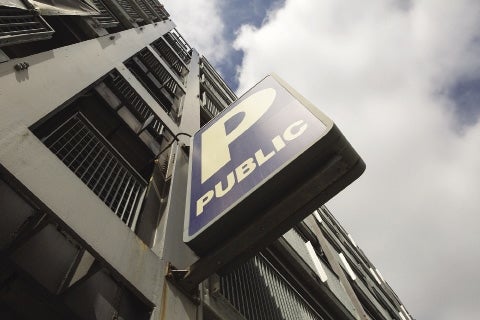



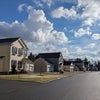



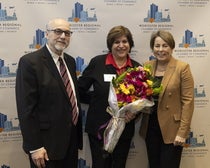
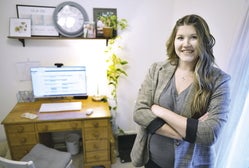
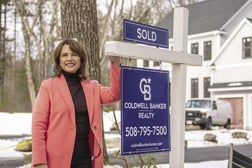



0 Comments